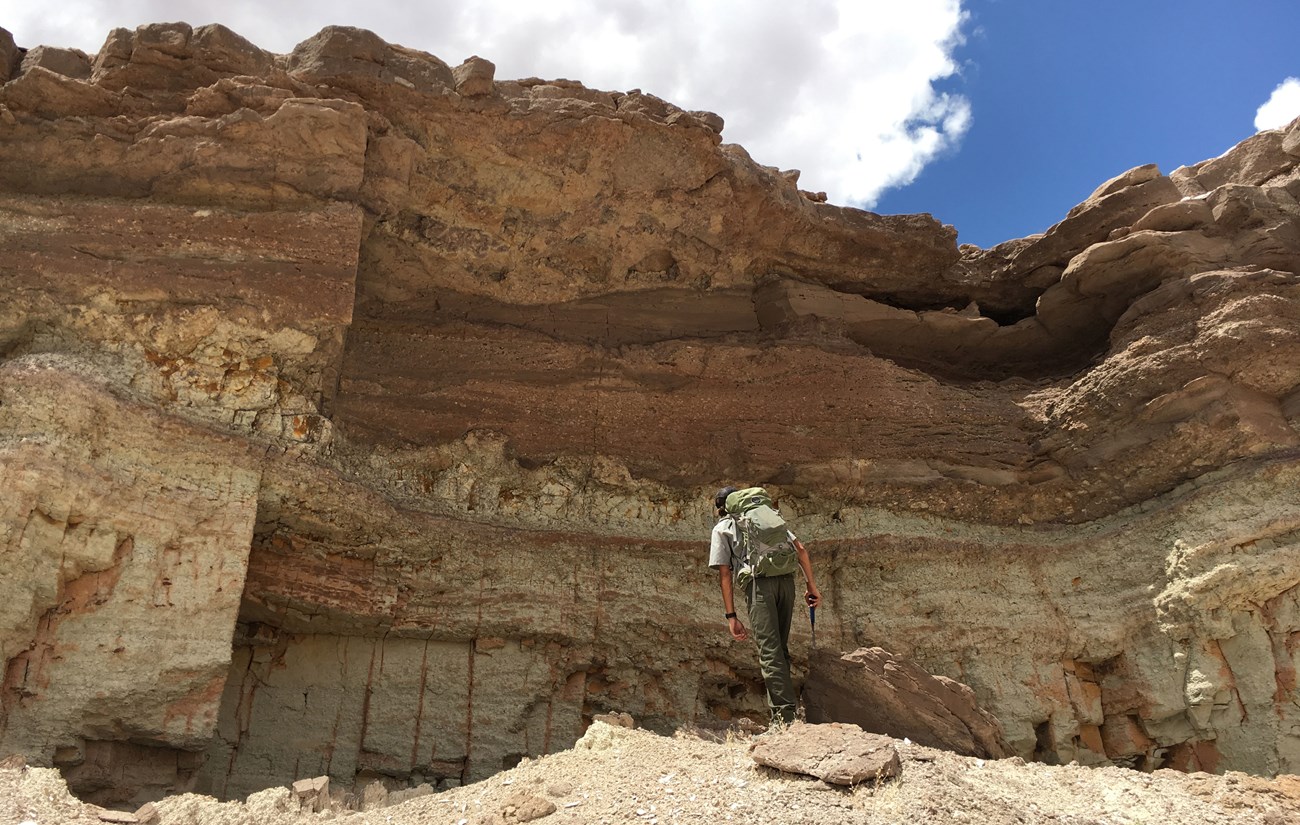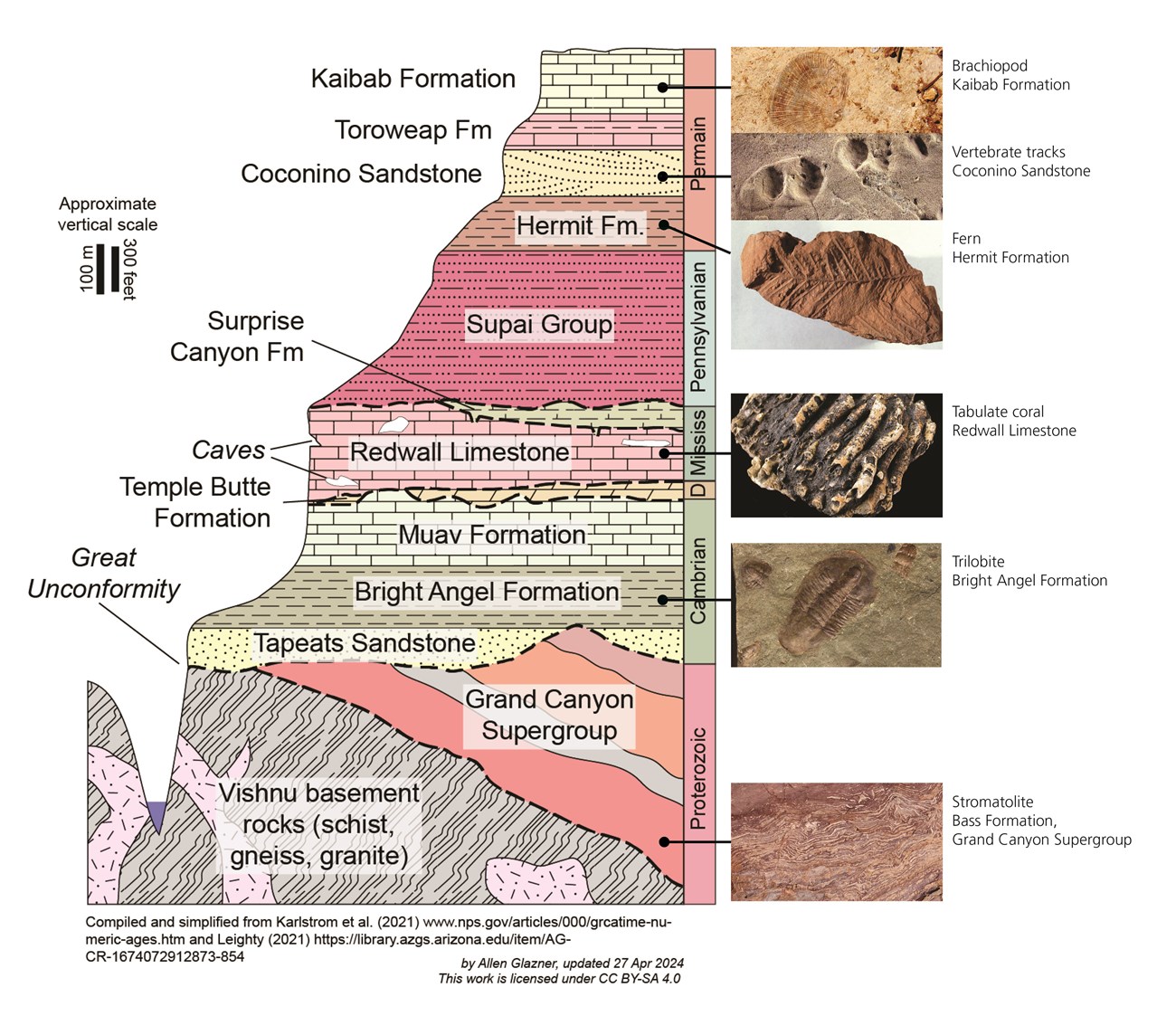Part of a series of articles titled Fundamental Geologic Principles.
Article
Geologic Principles—Faunal Succession

Introduction
As an engineer and surveyor, William Smith’s (1769–1839) travels acquainted him intimately with much of England’s countryside. As he investigated roads, quarries, mines, and canals, Smith recognized and traced out numerous sedimentary rock units, in which he noticed that each successive unit contained its own diagnostic assemblage of fossils. Smith’s discovery that strata may be identified by the fossils they contain became known as the law of faunal succession.
Fossil Correlation
After Smith's discovery, fossils became a new tool by which geologists could distinguish rock units of different ages from one another. Faunal succession became a unifying principle by which rock units are categorized and recognized widely.
This important principle raised questions about ancient life that were not easily answered at Smith’s time, but even without answers to these questions, correlation between distant localities now became feasible. A method was established to assign a stratigraphic classification based on time relations of strata rather than on rock types, which was previously thought to indicate age. In short, this was the key discovery that stratigraphic geology needed in order to progress further (Eicher 1976).
Grand Canyon Stratigraphic Column

Stratigraphic column by Allen Glazner. CC By SA 4.0. Fossils are NPS photos by Michael Quinn.
Related Links
Last updated: November 4, 2024
